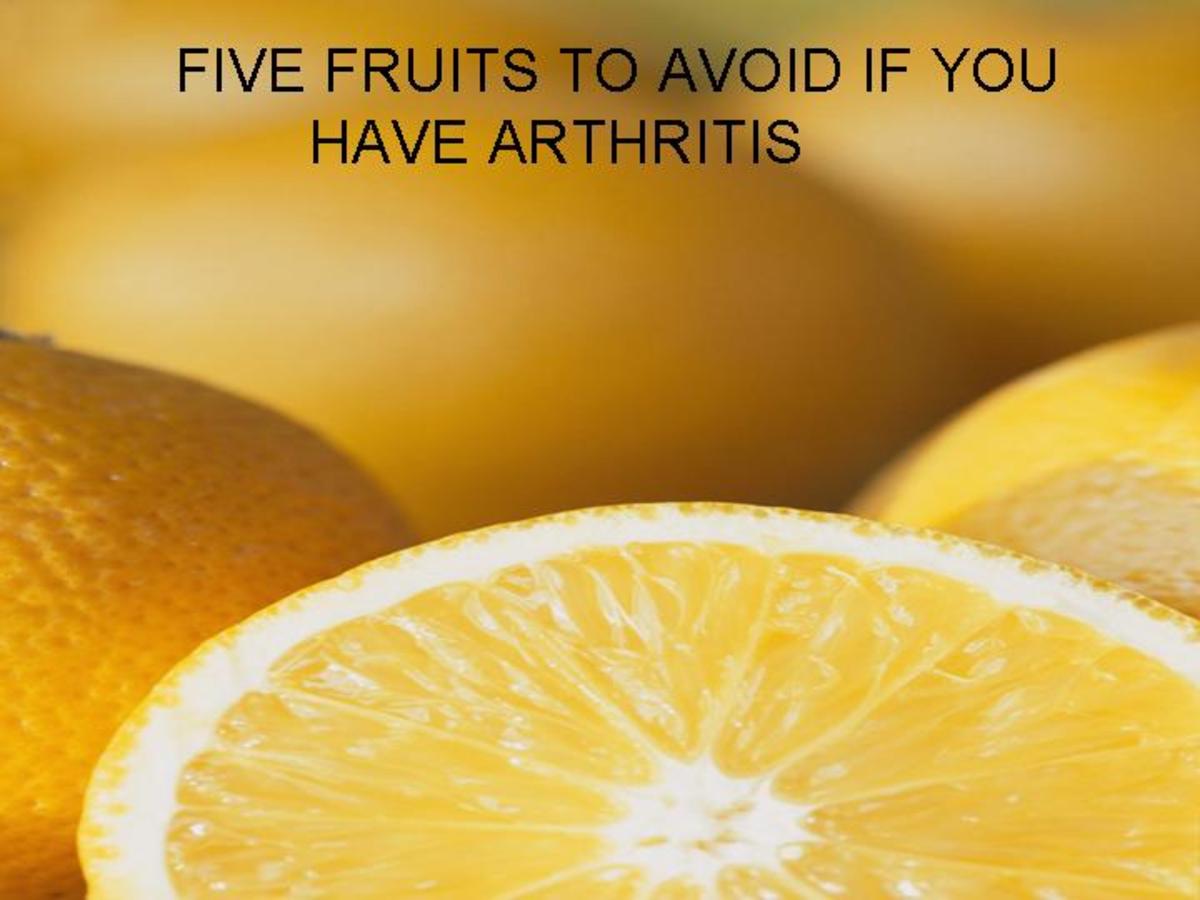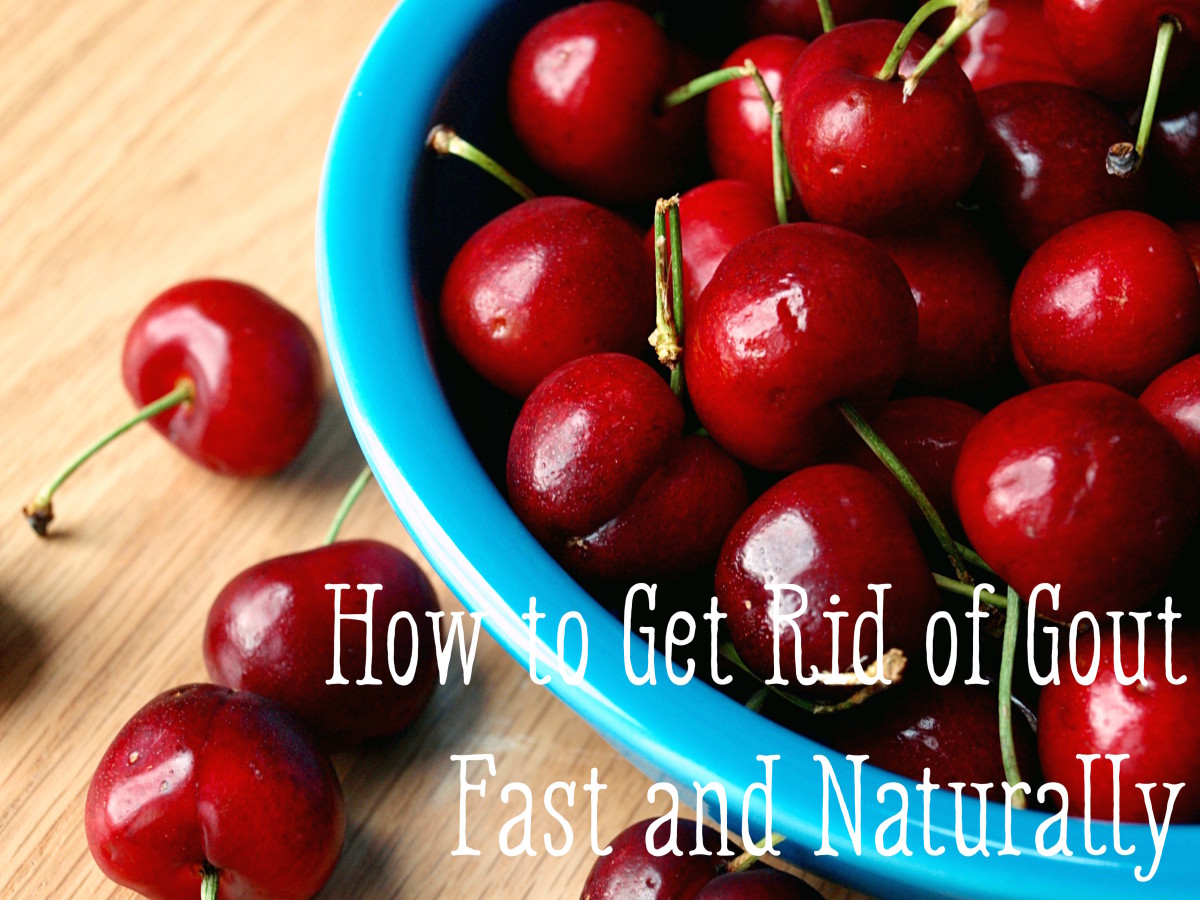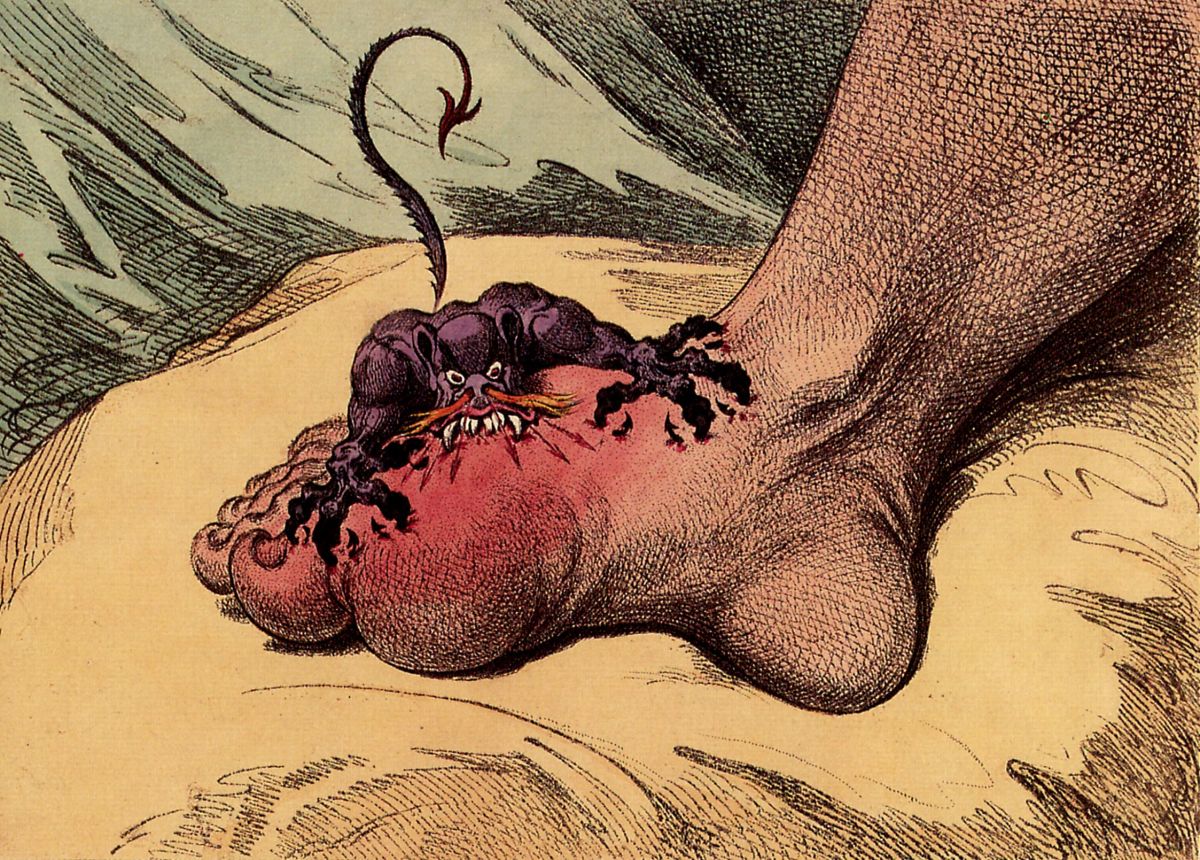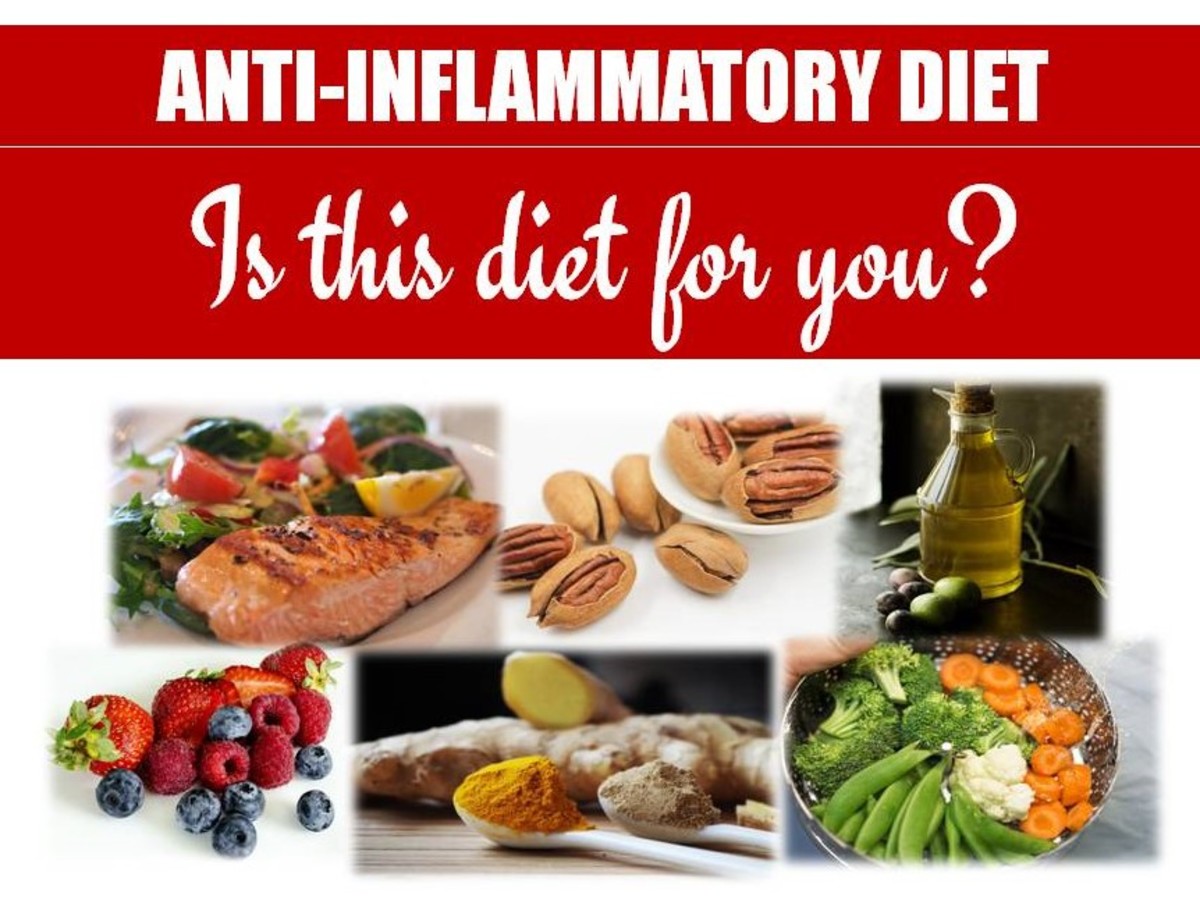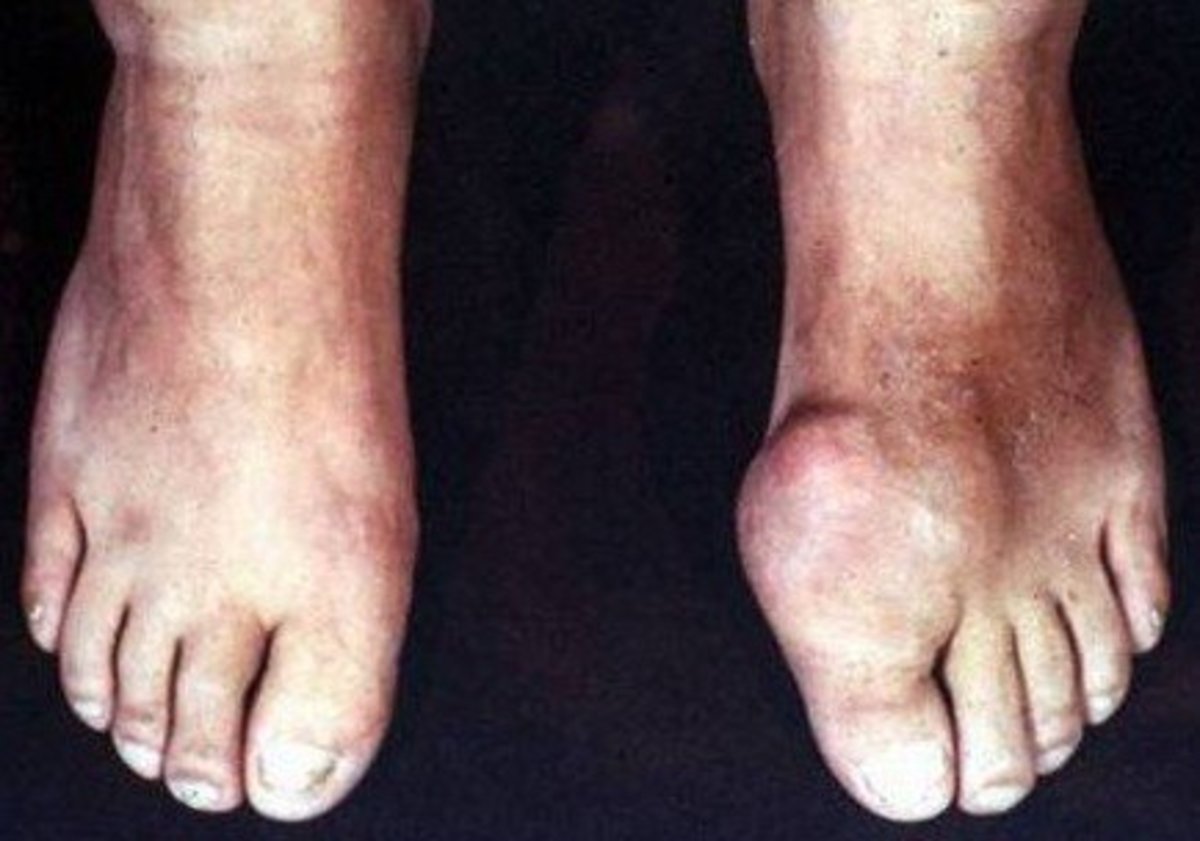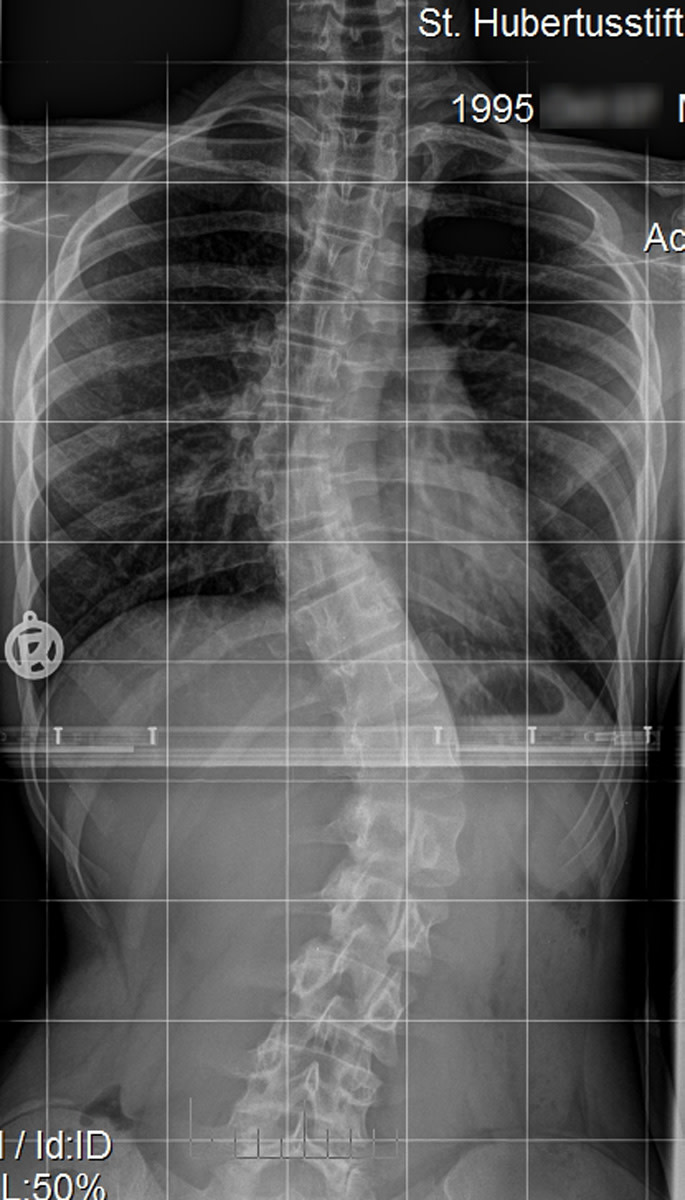Gout Diet Foods | Prevention of Gout Flare Ups

What is Gout?
It has been estimated that gout accounts for 5% of all cases of arthritis, and whilst the prevalence of gout appears to be on the increase, it is perhaps due to a much more efficient medical system which sees gouty arthritis cases more accurately diagnosed. Whilst many people still think that gout is caused by an excessive lifestyle, such as drinking too much port, or living a life of opulence, this is a rather outdated idea as a predisposition to gout is often inherited.
Whilst gout may be one of the least common forms of arthritis, it is actually one of the most painful types. It is typified by crippling joint pain, most notably in the big toe. The big toe is the most common site of joint pain in the first flare up of gouty arthritis, with the pain then felt in other quite unrelated joints in successive attacks, although the big toe does remain a common site for painful gout flare ups. In addition to big toe joint pain, pain is often felt in the knees, ankles, wrists and elbows. Other symptoms of gout include inflammation around the joints, redness and swelling, with the skin often warm to the touch.
What Causes Gout?
Gout flare ups are due to high uric acid levels in the blood, which is due to an inability of the body to effectively deal with uric acid. Uric acid is normally excreted in urine, with the kidneys filtering it out of the blood. Uric acid is the product of the breakdown of compounds called purines, which naturally occur in many substances found in the body.
Purines are found in many foods, and as they are broken down, instead of being excreted uric acid builds up in the blood. When uric acid levels are high, it crystallizes out of the blood in the joints, with the sharp needle-like crystals the cause of the swelling, inflammation, and intense pain felt by gout sufferers.
Remedies for Gout
Gout is one of the most easily treated forms of arthritis, and painful gouty episodes can be controlled and prevented, with modern drugs some of the best treatment options. Probenecid and Allopurinol are frequently prescribed to gout sufferers, with Probenecid increasing the rate of uric acid excretion from the blood, and Allopurinol reducing its production. Both can be highly effective, although they need to be prescribed by a physician, and are not without side effects.
To cope with the pain, one of the best treatments is non steroid anti inflammatory drugs such as Ibuprofen and Naproxen. Aspirin on the other hand is never recommended, as it can actually slow down the excretion of uric acid from the blood. If you take Aspirin regularly, it is best to avoid it during painful gout flare ups. Without medical intervention, the pain and inflammation will usually subside within 7-10 days, although whilst short, this can in fact seem like an eternity.
Far better than reliance on expensive drugs are some simple lifestyle changes, primarily to the diet. Of course, when I say simple, I mean simple in principle, as in practice it means cutting out on a lot of much loved foods and it requires a considerable degree of adaptation, both in what is eaten and in cooking repertoire. That being said, by making the change to gout diet foods, painful gout attacks can be limited and even fully prevented. Changes to diet, no matter how severe, are preferable to intense and prolonged joint pain.
Reducing Gout Flare Ups by Changes to Diet
Changing the diet is one of the best natural remedies for gout, requiring no drugs and only simple lifestyle changes.
Changes to diet can be highly restrictive which can be difficult at first; however its quite easy to get into the swing of things and by giving up a few favourites painful joints can be avoided.
To help you pick out the best gout diet foods, I have compiled a list of foods to avoid, foodstuffs to eat in moderation, and naturally, the gout diet foods which have the green light.
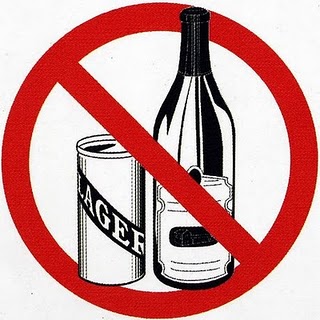
Alcohol
Unfortunately for anyone who likes a tipple, this is going to come as bad news. Alcohol consumption needs to be cut out completely, or at the very least, seriously reduced. Beer is one of the worst fluids and should be eliminated entirely; however spirits and wine are also bad. A small quantity of wine in unlikely to trigger an attack, but a beer binge could mean having to deal with far more than a hangover.
As a general rule of thumb, try to cut back on alcohol and restrict intake to no more than three drinks a week, and those are standard measures in case you were wondering! If you really hate the thought of cutting out alcohol entirely, cider is probably the best drink to have with 0.4 g of purines per litre, compared to 20-30g per litre British beers.
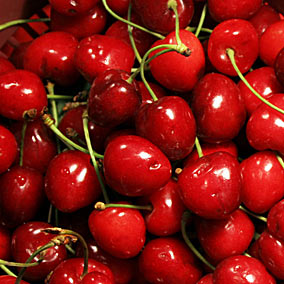
Gout Diet Foods
Gout diet foods are those which are low in purines, which will not cause elevated levels of uric acid in the blood as the body breaks them down. Gout diet foods can be safely consumed, and will still allow for a balanced diet. Meat lovers will find the list of acceptable gout diet foods a little hard to take, as red meat is high in purines, but it doesn’t mean that they have to be cut out entirely form the diet, just consumed in moderation. It is best however to totally avoid offal, stocks and gravy.
Limiting meat intake to no more than 6 ounces a day should be sufficient; and having a meat day followed by a vegetarian day is a good way to curb the intake even further. Unfortunately eating only gout diet foods means a limited fish intake too, with oily fish particularly bad for their high purine content. Even some vegetables, dried peas and beans and lentils can be bad. As a general rule of thumb, high protein foods are often higher in purines.
It has been suggested in some studies, that whilst some vegetable and beans are high in purines, these are not generally not thought to trigger gout attacks. Drinking 4-6 cups of coffee a day has been suggested to be beneficial for men suffering from gout -its far more common in men, so most of the studies concentrate on males. It is worth noting that gout sufferers also run a higher risk of heart disease, so keeping cholesterol low is undoubtedly wise. It is also important to keep the fluid intake high, drinking 2-3 litres of water a day.
Cherry juice has been reported to be particularly helpful for sufferers of gout, helping to keep painful attacks at bay, although all fruit and fruit juices get the green light.
Worst Gout Diet Foods | Foodstuffs High in Purines
- Organ meat: heart, liver, kidney, brain, sweetbreads, liver pate and liver sausage
- Meat extracts including stocks, stock cubes, bouillons, meat soups and gravy
- Scallops
- Oily fish especially mackerel, pilchards, sardines, anchovies, sprats, herring, trout and fish roe
- Game meats such as partridge, venison, wild boar, pigeon & quail
- Baker’s yeast
- Crayfish, lobster, shrimps & prawns
Foods with Moderate Purine Content | OK in Moderation
- Meat: Beef, veal, lamb & pork
- Poultry such as chicken, turkey, duck and goose
- Fish excluding those above
- Spinach, asparagus, cauliflower, sprouts, broccoli & mushrooms
- Shellfish
- Lentils and dried beans and peas
- Quorn
- Peanuts and cashew nuts
- Wholegrain breads and bread products made from unrefined flour
- Oatmeal, bran & brown rice
- Full fat dairy products
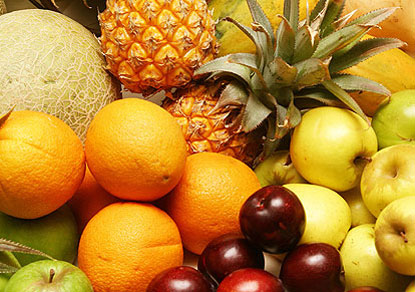
Best Gout Diet Foods | Foodstuffs Low in Purines
- Fruit & vegetables
- Pasta, polenta & white rice
- Cereals
- Low fat dairy products
- Nuts (esp. brazil nuts, walnuts)
- Eggs in moderation, up to 4 per week
- Tea & coffee
Readers Poll - Purine Avoidance
Do you Have Gout? To What Extent do you Control Purine Intake?
Readers Poll - Gout Medication
Do you take medication to control gout flare ups?
Help and Advice
Whether taking medication or just eating gout diet foods - or both - gout flare ups can be limited and managed effectively.
For further information on gouty arthritis, take a look at the Arthritis Foundation website, http://www.arthritis.org/

